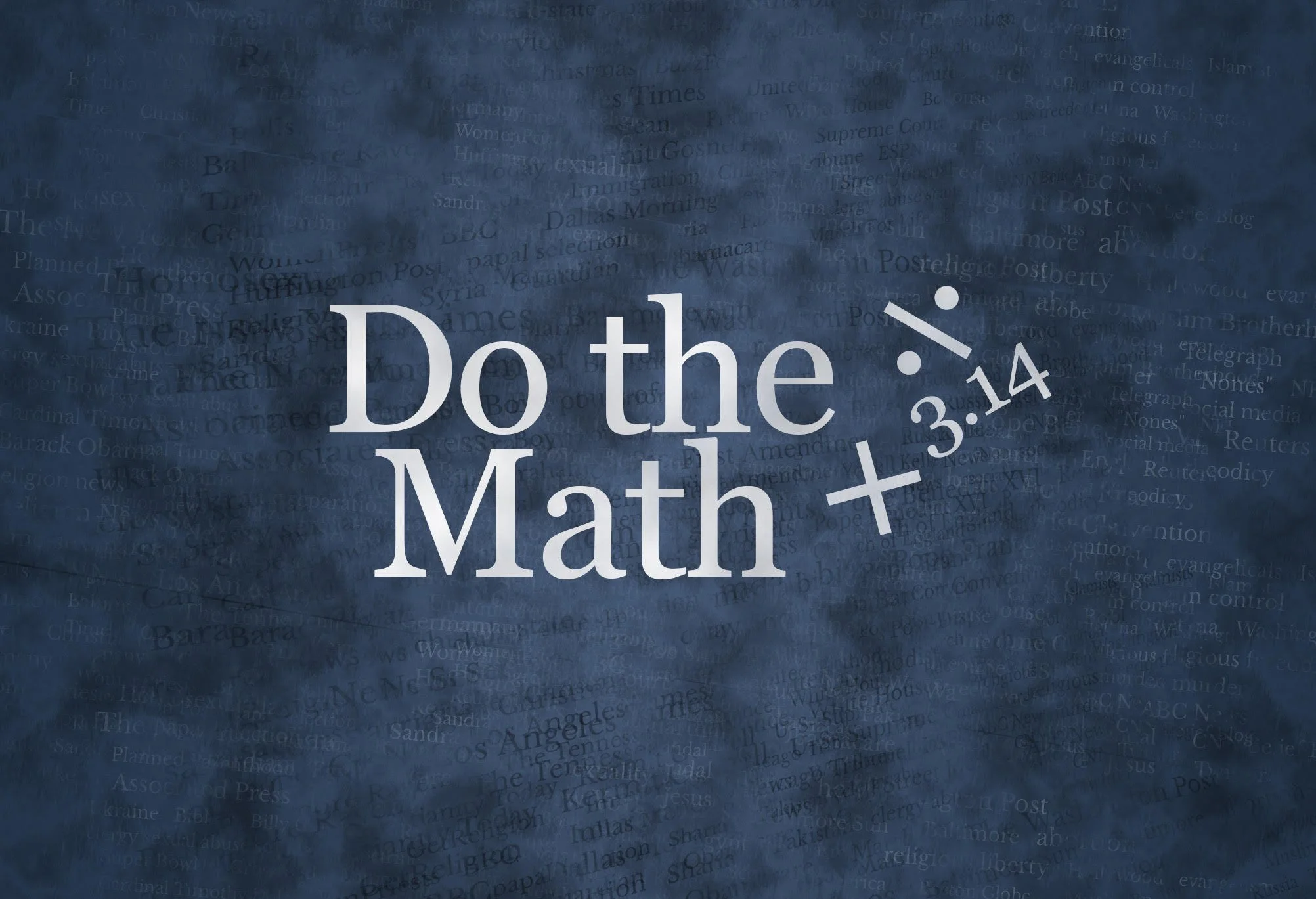Long ago, the Rt. Rev. C. FitzSimons Allison was a bishop in good standing in the Episcopal Church.
A year ago, however, he resigned — at the age of 95 — to serve in the Anglican Church in North America, which is an ecclesiastical body that is recognized as valid by many Anglican bishops in Africa, Asia and the Global South, but not by the Archbishop of Canterbury.
Needless to say, he has witnessed more than his share of Anglican debates about the future of the Anglican Communion, a communion in which national churches are in rapid decline in rich, powerful lands like the United States, Canada and England, but exploding with growth in the Global South.
During one global meeting, Allison watched a symbolic collision between these two worlds. Bishops from North America and their allies were talking about moving forward, making doctrinal changes in order to embrace the cultural revolutions in their lands. They were sure that Anglicans needed to evolve, or die.
Finally, a frustrated African bishop asked three questions: “Where are your children? Where are your converts? Where are your priests?” These questions are highly relevant, amid stark demographic changes in First World churches.
I thought of this Anglican parable when reading a Frank Lockwood feature in the Arkansas Democrat Gazette that ran with this double-decker headline: “Churches of Christ grappling with preacher shortage.” I don’t want to critique this story for two obvious reasons: (1) Lockwood has been a friend of mine for several decades and (2) one of the major voices in the story is veteran GetReligionista Bobby Ross, Jr.
But the trends noted in this report are serious and proof that it’s simplistic to say that these kinds of problems exist in doctrinally “progressive” denominations, and that’s that. Thus, I think this is a story that many journalists and religion-beat readers need to see. Here’s the overture:
Churches of Christ have a supply and demand problem — thousands of houses of worship and not enough preachers to fill the pulpits.
During Harding University's 100th annual Lectureship in Searcy …, roughly 100 people gathered for a session titled "Minister Shortages in Today's Church."










